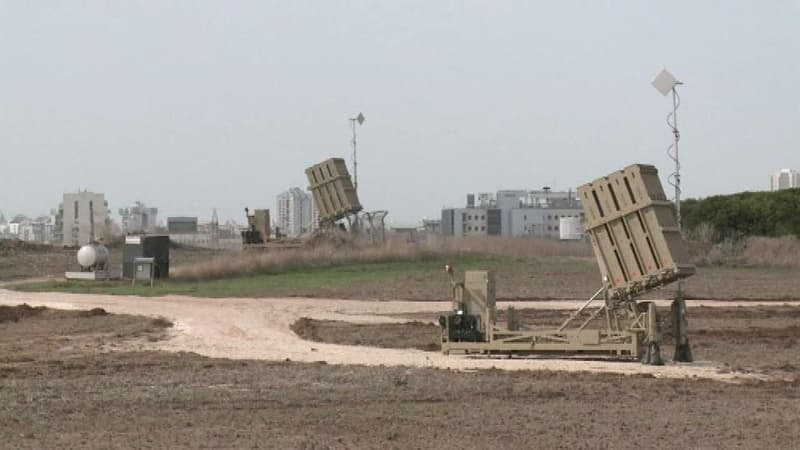Israeli intelligence did not see anything coming, the wall did not hold and the Iron Dome, the last defense against rocket fire, could not face the offensive. However, this defense system was known as the definitive shield against rockets that would hit Israeli territory.
Between October 7 and 8, more than 5,000 shots were fired, says Elliot Chapman, a Middle East expert at the British intelligence company Janes. A large majority achieved their objective, whether military or civilian. The density of this attack confirmed the Achilles heel of the system considered one of the most effective on the planet: saturation. If the fire is too intense, the Dome, which in theory is capable of destroying 97% of the projectiles, will ultimately not be able to intercept everything.
This defect is not a discovery. In May 2021, Hamas had already managed to disrupt the system by firing thousands of rockets, in waves of several hundred per minute. Last May, a “malfunction” allowed only 24 projectiles to be intercepted out of a hundred fired simultaneously. For the October 7 attack, Hamas simply repeated this saturation method, but amplified it.
$100 Homemade Rockets
From now on, the question is knowing Hamas’ ammunition stocks to know if the fire can continue with the same intensity. This strategic information is the great unknown.
The group has accumulated this stock for months with the help of foreign powers such as Iran, but also by manufacturing low-cost machines. Homemade tube rockets were produced at a ridiculous cost of one hundred dollars.
$50,000 per unit
To stop, or try to stop, these projectiles, Iron Dome uses interceptor missiles that cost $50,000 each. A radar detects the rockets and fires two interceptor missiles to destroy them. To save fire, an AI calculates the trajectory of the rockets and only destroys those that will hit inhabited areas.
This system was developed by Rafael Advanced Defense Systems in 2006 after an attack with 4,000 Hezbollah rockets in the north of the country. It costs billions of dollars financed by the company with the Israeli military and US financing of around $200 million.
Originally designed to intercept rockets, the Iron Dome has been upgraded to also shoot down mortar shells, aerial drones, and even cruise missiles. A battery costs almost 50 million dollars. There are about ten in the entire country.
Follow live coverage of the Hamas attack on Israel.
Source: BFM TV


